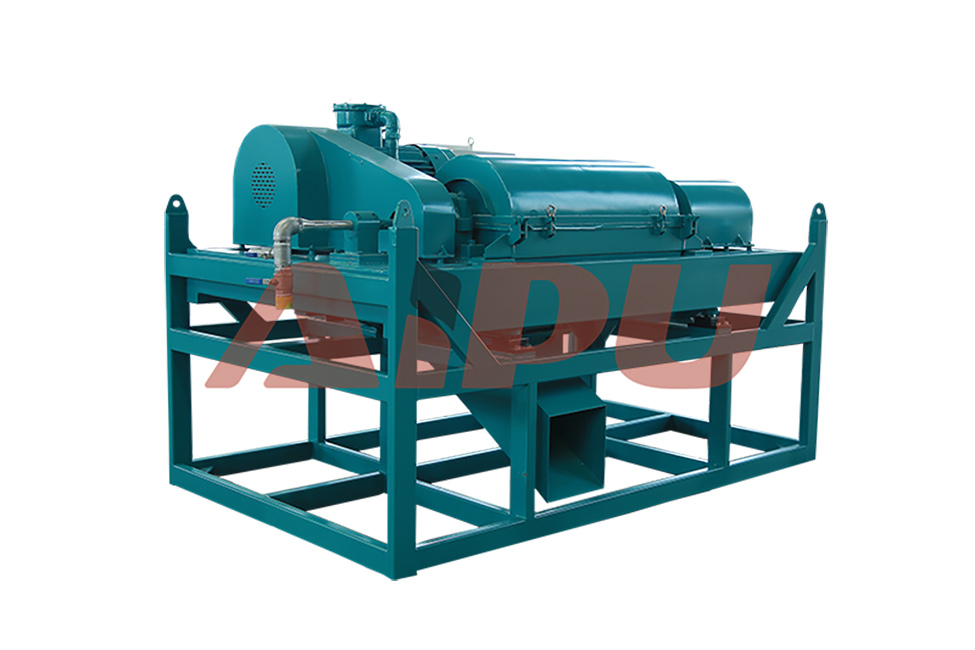How Solids Control Tackles Drilling Difficulties
Solids control systems are an essential part of the drilling process, especially in harsh environments. These systems play a crucial role in ensuring the efficiency and safety of drilling operations.
Function of Solids Control Systems
Solids control systems are designed to separate and remove solid particles from the drilling fluid, also known as drilling mud. In harsh environments, such as deep - sea or arctic drilling, the drilling fluid can be contaminated with various types of solids, including rock cuttings, sand, and clay. If these solids are not removed, they can cause significant problems. For example, excessive solids in the drilling fluid can increase its viscosity, which in turn can lead to higher pump pressures and more energy consumption. Moreover, the presence of large solid particles can cause wear and tear on the drilling equipment, reducing its lifespan and increasing maintenance costs.
Components of Solids Control Systems
A typical solids control system consists of several key components. The shale shaker is the first line of defense. It uses vibrating screens to separate the larger solid particles from the drilling fluid. After the shale shaker, the desander and desilter come into play. These hydrocyclone - based devices are used to remove smaller solid particles. The centrifuge is another important component. It uses centrifugal force to separate the finest solid particles from the drilling fluid. Each of these components has a specific function and works in tandem to ensure that the drilling fluid is as clean as possible.
Benefits in Harsh Environments
In harsh environments, the benefits of solids control systems are even more pronounced. In deep - sea drilling, for instance, the high pressure and low temperature conditions can make the drilling process extremely challenging. A well - functioning solids control system helps to maintain the properties of the drilling fluid, ensuring that it can effectively cool the drill bit and carry the cuttings to the surface. In arctic drilling, where the ground is frozen, the drilling fluid needs to be in optimal condition to prevent freezing and to lubricate the drilling equipment. By removing solids, the solids control system helps to keep the drilling fluid in a stable state, reducing the risk of equipment failure and improving the overall efficiency of the drilling operation.
Future Developments
The future of solids control systems looks promising. With the advancement of technology, there is a trend towards more automated and intelligent systems. These new systems will be able to monitor the properties of the drilling fluid in real - time and adjust the operation of the various components accordingly. Additionally, there is ongoing research to develop more environmentally friendly solids control methods. This is particularly important as the drilling industry faces increasing pressure to reduce its environmental impact. In conclusion, solids control systems will continue to be a vital tool for drilling in harsh environments, and their development will play a key role in the future of the drilling industry.

Function of Solids Control Systems
Solids control systems are designed to separate and remove solid particles from the drilling fluid, also known as drilling mud. In harsh environments, such as deep - sea or arctic drilling, the drilling fluid can be contaminated with various types of solids, including rock cuttings, sand, and clay. If these solids are not removed, they can cause significant problems. For example, excessive solids in the drilling fluid can increase its viscosity, which in turn can lead to higher pump pressures and more energy consumption. Moreover, the presence of large solid particles can cause wear and tear on the drilling equipment, reducing its lifespan and increasing maintenance costs.
Components of Solids Control Systems
A typical solids control system consists of several key components. The shale shaker is the first line of defense. It uses vibrating screens to separate the larger solid particles from the drilling fluid. After the shale shaker, the desander and desilter come into play. These hydrocyclone - based devices are used to remove smaller solid particles. The centrifuge is another important component. It uses centrifugal force to separate the finest solid particles from the drilling fluid. Each of these components has a specific function and works in tandem to ensure that the drilling fluid is as clean as possible.
Benefits in Harsh Environments
In harsh environments, the benefits of solids control systems are even more pronounced. In deep - sea drilling, for instance, the high pressure and low temperature conditions can make the drilling process extremely challenging. A well - functioning solids control system helps to maintain the properties of the drilling fluid, ensuring that it can effectively cool the drill bit and carry the cuttings to the surface. In arctic drilling, where the ground is frozen, the drilling fluid needs to be in optimal condition to prevent freezing and to lubricate the drilling equipment. By removing solids, the solids control system helps to keep the drilling fluid in a stable state, reducing the risk of equipment failure and improving the overall efficiency of the drilling operation.
Future Developments
The future of solids control systems looks promising. With the advancement of technology, there is a trend towards more automated and intelligent systems. These new systems will be able to monitor the properties of the drilling fluid in real - time and adjust the operation of the various components accordingly. Additionally, there is ongoing research to develop more environmentally friendly solids control methods. This is particularly important as the drilling industry faces increasing pressure to reduce its environmental impact. In conclusion, solids control systems will continue to be a vital tool for drilling in harsh environments, and their development will play a key role in the future of the drilling industry.








